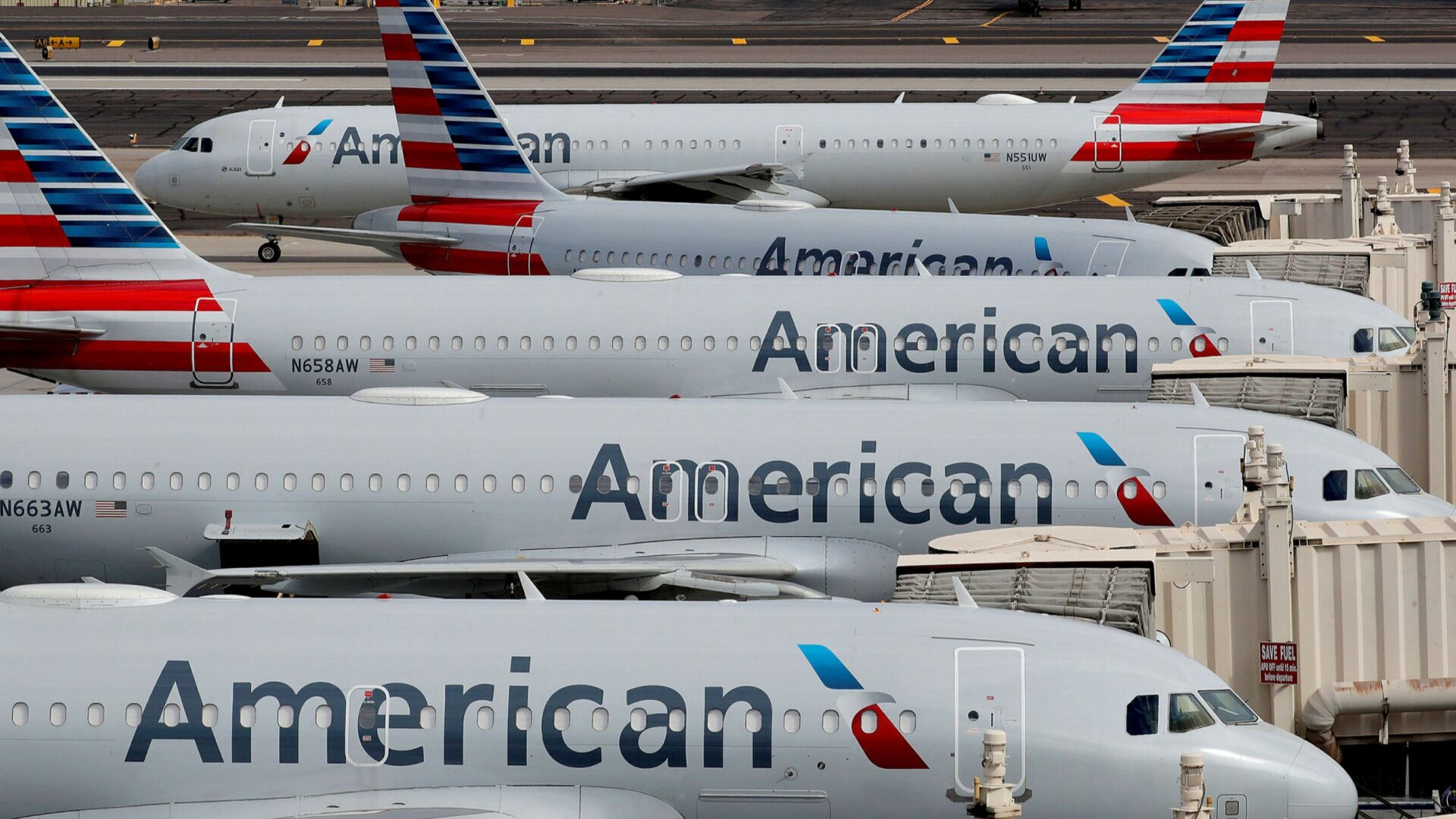American Airlines, headquartered in Fort Worth, Texas, is a prominent and leading airline within the United States. It holds the distinction of being the world’s largest airline, both in terms of scheduled passengers carried and revenue passenger miles. With a vast international and domestic network, American Airlines, in conjunction with its regional partners and affiliates, offers a comprehensive air travel experience. Operating nearly 6,800 daily flights to nearly 350 destinations across 48 countries, it plays a pivotal role in connecting people worldwide.
As a founding member of the Oneworld alliance, American Airlines collaborates closely with other prestigious airlines to provide passengers with an extensive network of travel options. Additionally, American Airlines extends its reach through regional services operated by independent and subsidiary carriers operating under the American Eagle brand.
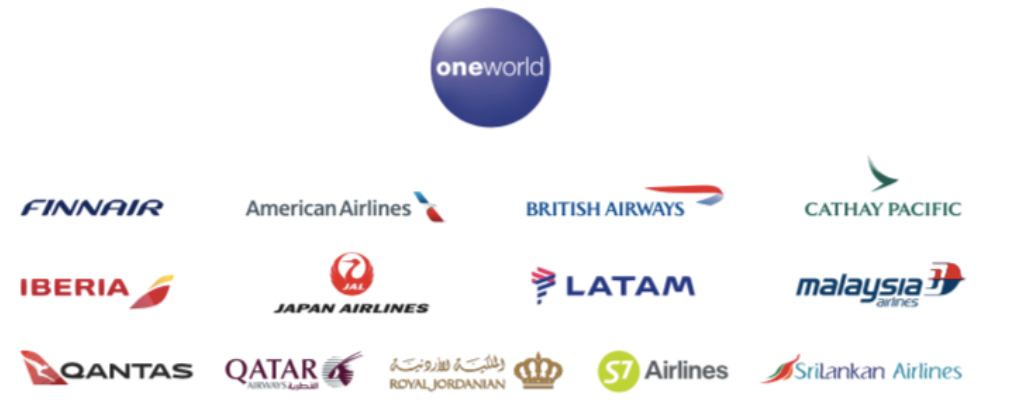
The airline operates out of ten strategically located hubs, with Dallas/Fort Worth International Airport (DFW) serving as its largest and most significant hub. With a remarkable ability to handle over 200 million passengers annually, averaging more than half a million passengers daily, American Airlines has established itself as a major player in the global aviation industry. As of 2022, the company boasts a dedicated team of 129,700 staff members, committed to providing top-notch service and ensuring seamless travel experiences for its passengers. In this article, we will delve deeper into the Marketing Strategies, Marketing Mix and STP Analysis of American Airlines.
Marketing Strategies of American Airlines
American Airlines, one of the largest airlines in the world, employs a range of marketing strategies to promote its brand, increase customer loyalty, and differentiate itself from competitors. Here are some of the key marketing strategies used by American Airlines:
1. Fleet Modernization
American Airlines, one of the largest airlines in the world, has been undergoing a significant fleet modernization effort in recent years. Here are some key points about their fleet modernization program:
Replacing Older Planes: American Airlines has been retiring its older planes, such as the MD-80s, 757s, and 767s, and replacing them with newer models like the Airbus A321neo, A319neo, and Boeing 787 Dreamliner. These new planes are more fuel-efficient, produce fewer emissions, and offer improved performance and reliability.
Increasing Capacity: The new planes being added to American Airlines’ fleet have larger capacities than the older planes they are replacing. For example, the Airbus A321neo has a capacity of up to 240 passengers, while the MD-80 it is replacing had a capacity of around 140 passengers. This means that American Airlines can accommodate more passengers on each flight, which helps to increase efficiency and reduce costs.
Enhancing Passenger Experience: The new planes being introduced by American Airlines offer a range of enhancements for passengers, including more comfortable seating, larger overhead bins, better lighting, and improved inflight entertainment systems. Additionally, many of the new planes feature advanced technology, such as Wi-Fi connectivity and power outlets at every seat.
Improved Fuel Efficiency: One of the primary goals of American Airlines’ fleet modernization program is to improve fuel efficiency. The new planes being added to the fleet are designed to be more fuel-efficient, which reduces operating costs and lowers carbon emissions. According to American Airlines, the Airbus A321neo, for example, uses 20% less fuel per seat than the MD-80 it replaces.
Streamlining Maintenance: The new planes being introduced by American Airlines are designed to require less maintenance than the older planes they are replacing. This streamlined maintenance process allows the airline to reduce costs and minimize downtime for aircraft maintenance, which helps to ensure that flights run on schedule.
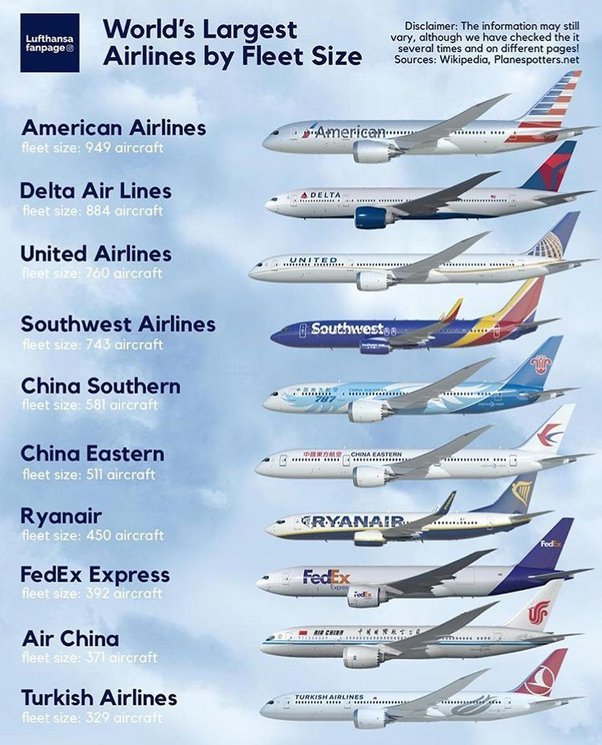
Overall, American Airlines’ fleet modernization program is aimed at improving the flying experience for passengers, reducing costs and emissions, and positioning the airline for long-term growth and success.
2. Route Expansion
Route expansion is a marketing strategy employed by American Airlines to increase its presence in various markets and attract new customers. The airline achieves this by adding new destinations to its route network, both domestically and internationally. By offering flights to more places, American Airlines can cater to a broader customer base, including those who may have previously chosen other airlines due to their limited destination options.
One of the primary objectives of American Airlines’ route expansion strategy is to strengthen its position in key markets. The airline identifies high-demand routes and adds new flights to meet the needs of customers in those areas. For instance, American Airlines has expanded its services in major hubs like Dallas, Chicago, and Miami, where there is significant demand for both business and leisure travel. By doing so, the airline can capture a larger share of the market and attract customers away from its competitors.
Route expansion also enables American Airlines to differentiate itself from other carriers. By offering unique routes and destinations, the airline can create a competitive advantage and appeal to customers seeking alternatives to traditional flight paths. For example, American Airlines has launched direct flights between certain cities, eliminating layovers and making travel more convenient for passengers. This move not only attracts customers looking for easier travel options but also sets the airline apart from its rivals.
Finally, American Airlines’ route expansion strategy supports its overall brand reputation and customer loyalty efforts. By continuously expanding its route network, the airline demonstrates its commitment to meeting customers’ evolving needs and delivering exceptional service. Existing customers appreciate the increased convenience and options, while potential customers are drawn to the airline’s reputation for innovation and customer-centricity. Positive experiences generated by route expansion contribute to customer loyalty, encouraging repeat business and positive word-of-mouth advertising
3. Alliance Partnerships
Alliance partnerships have been a key component of American Airlines’ marketing strategy. The airline has formed strategic alliances with other carriers, such as British Airways and Iberia, to expand its global reach and offer customers more options for travel. These partnerships allow American Airlines to access new markets and provide passengers with seamless connections to destinations that would otherwise be unreachable. By partnering with other airlines, American can also offer joint loyalty programs, shared lounges, and coordinated schedules, creating a more cohesive and convenient experience for travelers.
In addition to expanding its network, American Airlines has also used alliance partnerships to enhance its product offering. For example, the airline has partnered with Japan Airlines to offer premium cabin passengers access to exclusive amenities, such as luxury bedding and gourmet meals. This collaboration allows American to differentiate itself from competitors and provide a higher level of service to its customers. Furthermore, the airline’s partnership with Qantas has enabled it to offer non-stop flights between the US and Australia, catering to the growing demand for direct services between the two countries.
Another significant advantage of alliance partnerships is their ability to generate revenue through code-sharing agreements. By placing its code on its partners’ flights, American Airlines can sell tickets for routes that it does not operate, thereby increasing its revenue potential. Similarly, the airline’s partners can do the same, providing them with access to American’s extensive network. This mutually beneficial arrangement enables both parties to maximize their resources and offer customers a wider range of travel options. Overall, alliance partnerships have proven to be an effective marketing strategy for American Airlines, enabling the carrier to expand its reach, enhance its product offering, and increase revenue.
4. Frequent Flyer Program
The AAdvantage program is a key marketing strategy for American Airlines, aimed at fostering customer loyalty and retention. By offering reward miles, elite status, and exclusive benefits, the program encourages repeat business and creates a strong incentive for customers to choose American Airlines for their future travel needs. The program has been successful in generating significant revenue for the airline, with members redeeming their miles for flights, upgrades, and other perks.
To make the program even more appealing, American Airlines has established partnerships with various companies, allowing members to earn miles across a wide range of activities, including credit card usage, hotel stays, and car rentals. Additionally, the airline offers exclusive deals and promotions to its elite members, further enhancing the overall value proposition of the AAdvantage program. The program’s popularity has led to a large and engaged member base, with millions of customers participating worldwide.
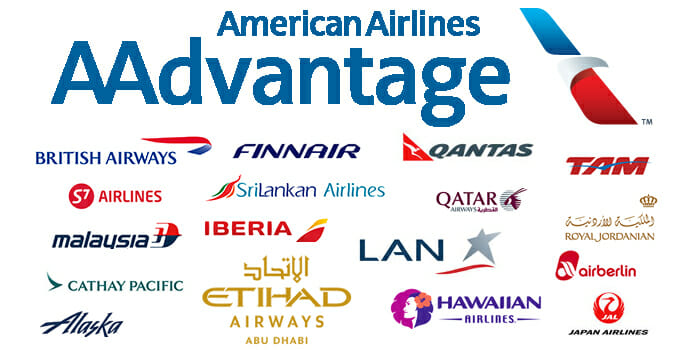
The AAdvantage program also plays a crucial role in American Airlines’ customer retention efforts. By offering tiered elite status levels, the airline provides customers with a clear path to achieving higher levels of recognition and benefits, which motivates them to continue flying with American Airlines. Moreover, the program’s rewards and benefits are designed to create emotional connections with customers, making them feel valued and appreciated. This leads to increased brand loyalty and advocacy, ultimately driving long-term growth and profitability for the airline.
5. Pricing Strategies
merican Airlines uses pricing strategies as a marketing strategy to optimize revenue and occupancy rates. The airline employs a dynamic pricing model that adjusts ticket prices based on factors such as demand, competition, route popularity, and time of year. This approach allows American Airlines to maximize revenue by charging higher fares during peak travel periods and lower fares during off-peak seasons. Additionally, the airline offers discounts and promotions to stimulate demand during slow periods, attract new customers, and retain existing ones.
Another pricing strategy employed by American Airlines is yield management, which involves optimizing seat allocation and pricing based on passenger demand. The airline uses data analytics to predict demand for specific routes and adjusts the number of seats available at different price points accordingly. By maximizing seat yields, American Airlines can increase revenue without necessarily increasing the number of passengers carried. This strategy also helps the airline to better compete with low-cost carriers that often have lower operating costs.
American Airlines also uses bundle pricing, where customers can purchase additional services such as extra legroom seats, priority boarding, and baggage fees. This strategy allows the airline to generate additional revenue streams while providing customers with greater flexibility and choice. Bundle pricing also helps to differentiate American Airlines from its competitors and reinforces the airline’s brand image as a premium carrier. Overall, American Airlines’ pricing strategies play a critical role in supporting the airline’s marketing objectives by balancing revenue optimization with customer satisfaction and loyalty.
6. Bundled Services
Bundled services is a marketing strategy used by American Airlines to offer customers a suite of services that complement their flight experience. The airline bundles together various products and services, such as seat selection, baggage fees, and in-flight meals, and offers them at a discounted rate compared to purchasing each item separately. This strategy aims to provide customers with greater convenience and flexibility while also increasing revenue for the airline.
By bundling services, American Airlines can differentiate itself from low-cost carriers that typically charge extra for every service. The airline’s bundled services also help to create a sense of value for customers, who may perceive the bundled option as a better deal compared to paying for each service individually. Additionally, bundled services can encourage customers to book directly with American Airlines rather than through third-party websites, which can help to boost the airline’s revenue and customer loyalty.
Bundled services also allow American Airlines to upsell and cross-sell its products and services. For example, a customer who purchases a bundled package may be more likely to upgrade to a higher fare ticket or add on additional services like in-flight entertainment or Wi-Fi. This strategy can lead to increased average order value and customer lifetime value, ultimately contributing to the airline’s bottom line. Overall, bundled services represent a powerful marketing tool for American Airlines, enabling the airline to deliver a more comprehensive and valuable customer experience while driving revenue growth.
7. Corporate Partnerships
Corporate partnerships are a significant marketing strategy for American Airlines. The airline collaborates with various corporations to offer special perks and privileges to their employees, customers, and members. These partnerships help American Airlines reach a wider audience and build brand awareness among potential customers. For instance, the airline has partnered with major companies like IBM, Accenture, and AT&T, offering their employees discounted fares and exclusive travel packages.
Additionally, American Airlines has partnered with popular brands like Coca-Cola, McDonald’s, and Starbucks, to offer in-flight amenities and promotions. These partnerships not only enhance the inflight experience for customers but also provide an opportunity for the airline to showcase its brand and products to a larger audience. Furthermore, American Airlines has also partnered with several hotel chains, car rental companies, and travel agencies, allowing customers to book complete travel packages with ease.
Corporate partnerships also play a vital role in American Airlines’ loyalty program, AAdvantage. The airline has partnered with numerous businesses to offer bonus miles and rewards to customers who use their services. For example, customers can earn miles by using certain credit cards, staying at partner hotels, or renting cars from partner companies. These partnerships incentivize customers to choose American Airlines for their travel needs and foster loyalty towards the brand. By leveraging these partnerships, American Airlines can expand its reach, improve customer engagement, and drive sales.
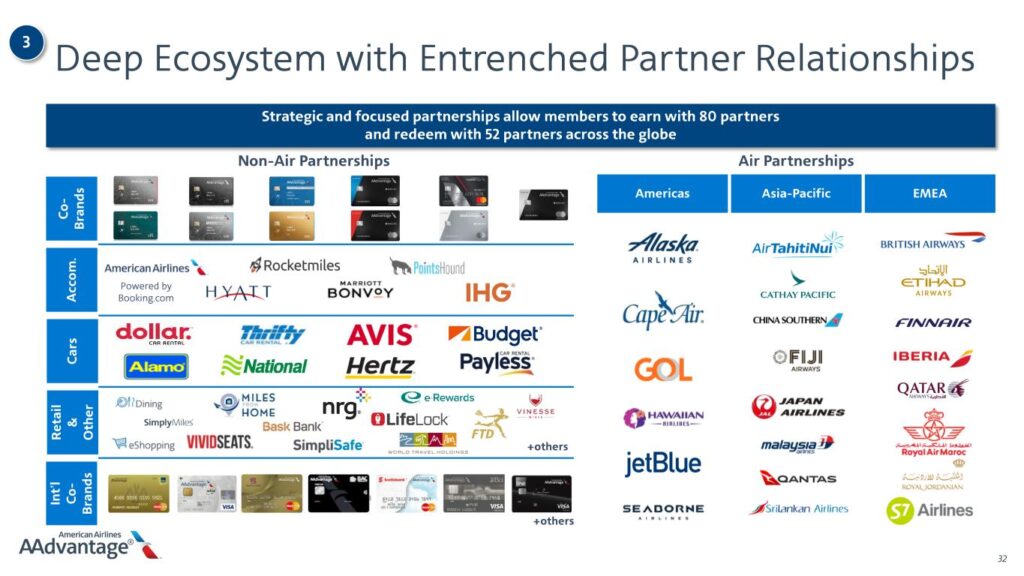
8. Promotions and Advertising
The airline utilizes various channels to promote its services and create awareness about its brand. American Airlines uses traditional media platforms such as television, print, and radio to reach a broad audience. It also leverages digital media, including social media, email marketing, and online advertising, to target specific customer segments. The airline often runs promotional campaigns offering discounts, free flights, and other perks to entice customers to book flights.
In addition to generic advertising, American Airlines also focuses on targeted marketing efforts. It offers customized deals and packages tailored to specific customer groups, such as military personnel, students, and seniors. The airline also collaborates with popular brands and organizations to offer joint promotions and increase brand visibility. For instance, it has partnered with well-known companies like Apple and Amazon to offer exclusive benefits to its customers. Moreover, American Airlines participates in trade shows and sponsors events to strengthen its brand presence in the industry.
To further enhance its promotional efforts, American Airlines employs data-driven marketing techniques. It analyzes customer behavior and preferences to design personalized offers and communications that resonate with individual customers. The airline also utilizes mobile apps and website push notifications to inform customers about special deals, flight updates, and loyalty program offers. By incorporating technology into its promotional strategies, American Airlines can effectively engage with customers, build brand loyalty, and encourage repeat business.
Through a combination of traditional and digital marketing tactics, the airline successfully creates a strong brand identity and maintains a competitive edge in the aviation industry.
In conclusion, American Airlines deploys a multifaceted marketing strategy that combines fleet modernization, route expansion, loyalty programs, and digital marketing to compete in the highly competitive airline industry. By continually adapting to changing market dynamics and customer preferences, American Airlines aims to maintain its position as a global aviation leader.
Also Read: Achieving Excellence: The Delta Airlines Success Story
Marketing Mix of American Airlines
The marketing mix, often referred to as the 4Ps (Product, Price, Place, Promotion), is a fundamental framework used in marketing strategy. Here’s a detailed explanation of how American Airlines applies the marketing mix to its business:
Product
-
- Core Service: The primary product offered by American Airlines is air travel. This includes passenger transportation from one destination to another, both domestically and internationally.
- Fleet: American Airlines invests in a modern and extensive fleet of aircraft. This not only ensures passenger safety but also enhances the in-flight experience with newer amenities, more comfortable seats, and better entertainment options.
- Cabin Classes: American Airlines offers various cabin classes, such as First Class, Business Class, Premium Economy, and Economy, each with its own set of services and amenities to cater to different customer segments.
- Ancillary Services: Beyond flights, American Airlines provides ancillary services like vacation packages, car rentals, and hotel bookings, creating a comprehensive travel experience.
Price
-
- Dynamic Pricing: American Airlines employs dynamic pricing, where ticket prices fluctuate based on factors such as demand, time of booking, and seat availability. This strategy allows the airline to maximize revenue.
- Fare Classes: The airline offers different fare classes, each with its own pricing structure and flexibility, catering to both budget-conscious travelers and those seeking additional perks.
- Loyalty Program: American Airlines’ AAdvantage loyalty program rewards frequent flyers with miles that can be redeemed for flights and upgrades, providing pricing incentives for repeat business.
Place
-
- Global Network: American Airlines operates an extensive international and domestic route network, connecting passengers to nearly 350 destinations in 48 countries through its hubs and partner alliances.
- Hubs: The airline operates out of ten major hubs, with Dallas/Fort Worth International Airport (DFW) being the largest. These hubs serve as key connection points in its network.
- Online Booking: American Airlines’ website and mobile app are essential channels for customers to book flights, manage reservations, and access travel information. It provides a convenient and user-friendly platform for customers to interact with the brand.
Promotion
-
- Advertising: American Airlines runs advertising campaigns across various media platforms, including television, radio, print, and digital channels. These campaigns promote the airline’s brand, special offers, and new routes.
- Social Media Engagement: The airline maintains a strong presence on social media platforms like Facebook, Twitter, and Instagram. It uses these platforms to engage with customers, share travel tips, address inquiries, and showcase the airline’s services.
- Email Marketing: American Airlines employs email marketing to communicate with customers, notifying them of promotions, flight updates, and loyalty program offers.
- Corporate Partnerships: The airline collaborates with corporations and organizations to promote its services for corporate travel. This includes marketing efforts tailored to the needs of business travelers.
By carefully managing these elements of the marketing mix, American Airlines aims to attract and retain passengers, expand its market reach, and provide a seamless and enjoyable travel experience for its customers. Adapting to changing market dynamics and customer preferences is crucial for the airline’s ongoing success in a competitive industry.
Also Read: Marketing Strategies & Marketing Mix of United Airlines
To read more content like this, subscribe to our newsletter
